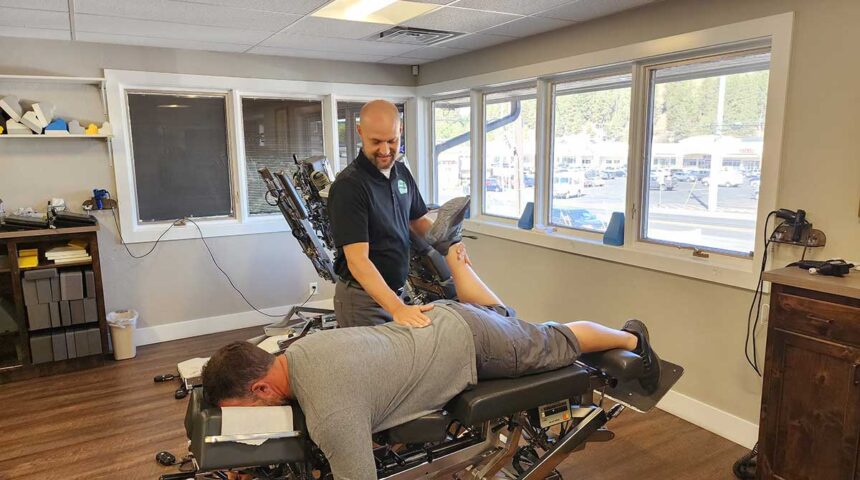Sciatica is a common condition that causes sharp pain that radiates from the lower back down through the legs. It can significantly impact daily activities and quality of life. Understanding sciatica, its causes, symptoms, and available pain management techniques helps you make informed decisions about your treatment. Effective management approaches range from conservative therapies to advanced medical procedures.
What Is Sciatica?
Sciatica refers to pain that occurs along the path of the sciatic nerve, which extends from the lower back through the hips and buttocks and down each leg. The condition typically affects only one side of the body. Pain management becomes a primary focus for individuals experiencing this condition, as symptoms range from mild discomfort to debilitating pain.
The sciatic nerve is the longest and widest nerve in the human body. It originates from nerve roots in the lumbar spine and sacrum. When these nerve roots become compressed or inflamed, the resulting pain can extend throughout the entire nerve pathway. Understanding this anatomy helps explain why sciatica pain can affect such a large area of the lower body.
What Causes It?
Several conditions can lead to sciatic nerve compression and subsequent pain. Herniated discs represent one of the most common causes, occurring when the soft center of a spinal disc pushes through a crack in the outer casing. This displaced disc material may press against nearby nerve roots, triggering sciatic symptoms. Spinal stenosis, a narrowing of the spinal canal, also commonly causes sciatica by reducing the space available for nerves.
Piriformis syndrome develops when the piriformis muscle, located in the buttock region, becomes tight or spasms and compresses the sciatic nerve. Spondylolisthesis, a condition where one vertebra slips forward over another, can create nerve compression. Other causes include spinal tumors, infections, and degenerative disc disease.
What Are the Symptoms?
Symptoms vary in intensity and presentation among individuals. The hallmark symptom is pain that radiates from the lower back through the buttocks and down the back of one leg. This pain may feel sharp, burning, or shooting in nature.
Numbness and tingling sensations typically accompany sciatic pain. These sensations may occur in the same distribution as the pain, affecting the buttock, thigh, calf, or foot. Muscle weakness in the affected leg can develop, making it difficult to move the foot or leg normally.
What Pain Management Techniques Can Help?
Multiple pain management approaches exist for treating sciatica, ranging from conservative methods to surgical interventions. Regular physical activity helps maintain spinal health and can reduce sciatic pain. Maintaining proper posture during daily activities reduces strain on the spine. Weight management decreases pressure on spinal structures, potentially alleviating nerve compression.
Over-the-counter or prescription pain relievers may reduce inflammation and pain. Epidural steroid injections deliver anti-inflammatory medications directly to the affected nerve area. Radiofrequency ablation uses heat to disrupt nerve signals and reduce pain transmission. This minimally invasive procedure can offer long-lasting relief for appropriate candidates.
Nerve blocks involve injecting anesthetic medications near specific nerves to interrupt the transmission of pain signals. Lumbar discectomy, a surgical procedure, removes herniated disc material that compresses nerve roots. Spinal cord stimulation uses electrical impulses to mask pain signals before they reach the brain. Physical therapy combines exercises, manual techniques, and education to improve function and reduce pain.
Find Relief Today
Sciatica pain management requires a personalized approach based on individual symptoms and underlying causes. The combination of lifestyle modifications, medications, and targeted procedures may effectively manage sciatic pain and restore function. If you are experiencing sciatic pain, consult with a healthcare provider to discuss your symptoms and treatment options.















